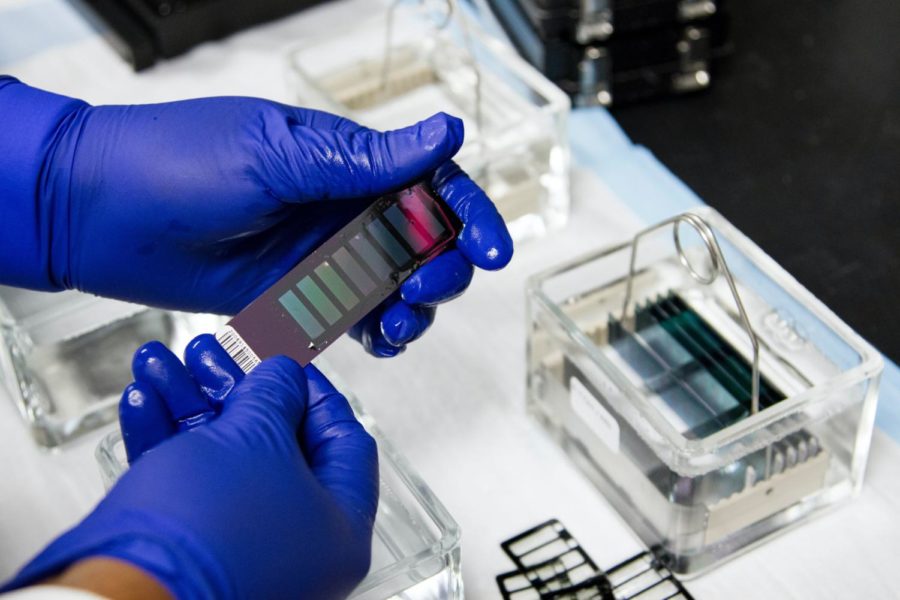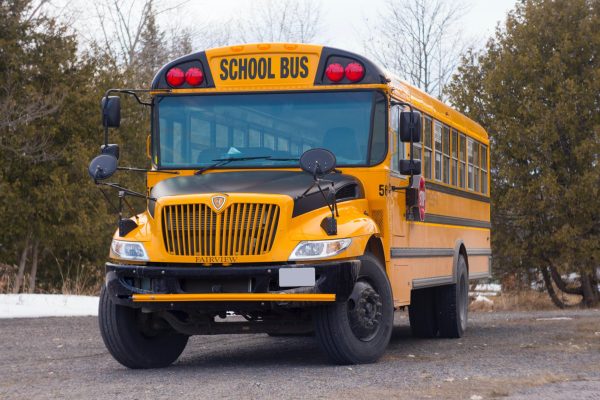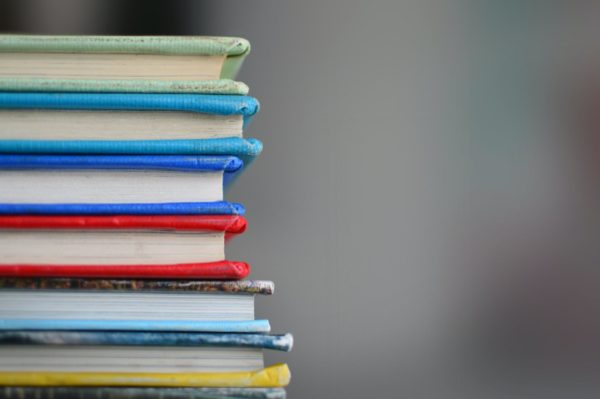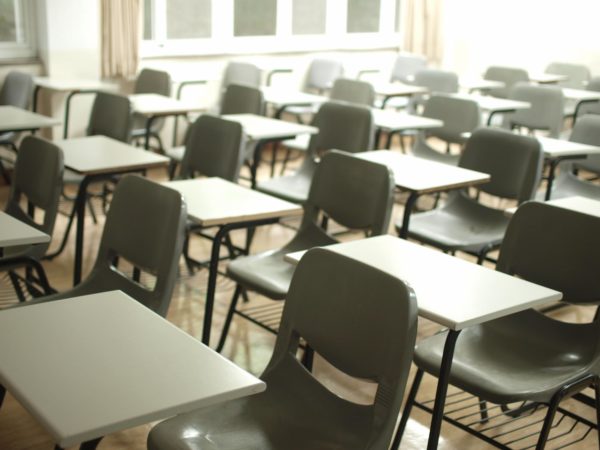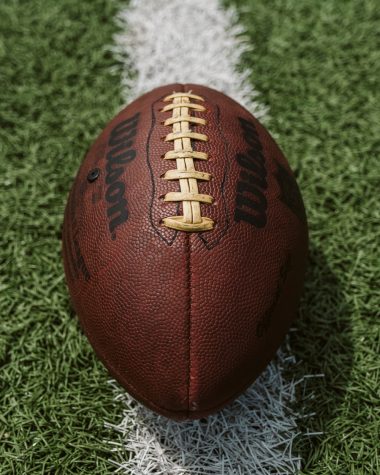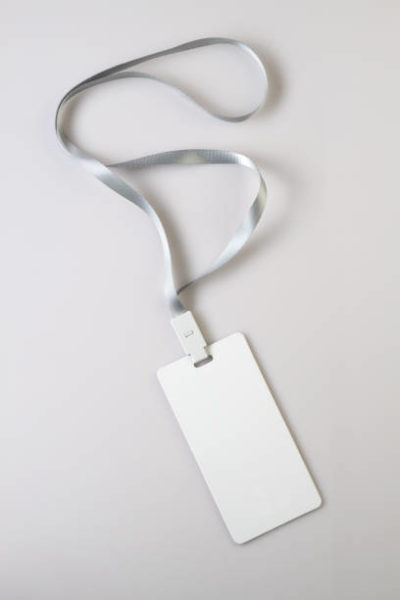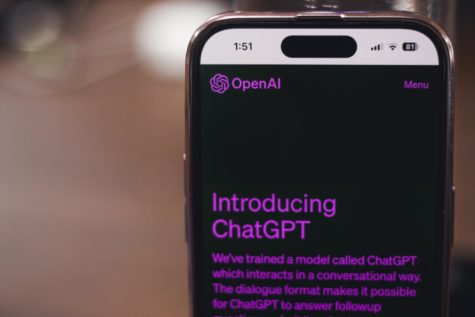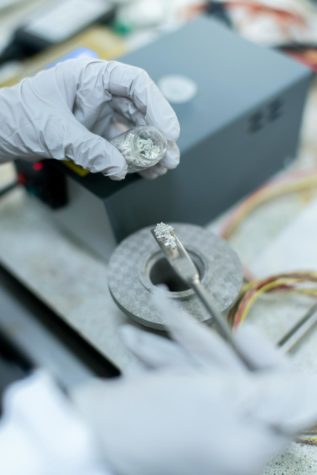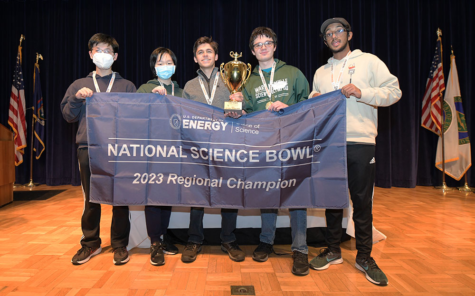InSTAR Seniors on Conducting Their Final Research Projects
October 23, 2022
Each year, rising seniors of the InSTAR Science Research Program at Ward Melville dedicate their Summer to completing an independent research project with a mentor— an accumulation of three years spent in the InSTAR Program. The InSTAR Program begins in sophomore year with the introduction to scientific research by proposing, conducting, and presenting a group research project to the Long Island Science Congress. The program continues in junior year where students begin their mentor search and learn how to write a research paper by competing in various scientific essay competitions and submitting a research proposal to the Toshiba ExploraVision competition. Finally, the program concludes in senior year with the submission of an independent manuscript to a multitude of competitions such as the Regeneron Science Talent Search, Long Island Science and Engineering Fair, NSPC Health Sciences Competition, New York State Science and Engineering Fair, and Junior Science and Humanities Symposium.
As they prepare their manuscripts and various other application materials for submission, I interviewed seniors Joe Sciotto, David Wu, and Benjamin Proothi for an inside look into the research they conducted.
Q: How did you get into high school research and how did you find your research mentor?
Joe Sciotto: “When I was in 9th grade, we had an assembly about extracurricular science research, where they showed us a movie called ‘Science Fair’. It was a documentary about these 4 groups of people who all submitted their work to participate in the International Science and Engineering Fair. Later that week, the director of the InSTAR program, Dr. Kula, came to our science classes urging us to apply to join the program. So I did. I applied, got accepted, and started in 10th grade. In 11th grade, we started the process of finding our research mentors, and to be honest, he was the second person I emailed. I had just been searching for recent papers on the Stony Brook University website and found one by him, Dr. Lars Ehm, about how we could use Martian mineralogy to extrapolate data and possible conclusions about the possibility of life on Mars. I emailed him the next day, and he was enthusiastic about bringing me into the lab, which he then scheduled and I started in January.”
David Wu: “Initially, I was introduced to research when I heard that many upperclassmen I knew were doing some form of a research project. After delving deeper into the different types of research, I realized that this was the perfect opportunity for me to pursue my interests in the field of computer science, or more specifically, machine learning. I wanted to hone my skills while challenging myself to work on real-life problems. I then found my research mentor through my parents who connected me to her.”
Ben Proothi: “I found my research mentor through a friend of a friend of a friend type thing. I was first brought towards high school research when I heard about InSTAR and I was really interested in doing the competitions, especially Regeneron and some of the bigger ones. I found my research mentor spring of this year after working in another lab last Summer that connected me to my current mentor, and it went from there.”
Q: What is the title of your project?
JS: “Laboratory Studies of X-Ray Amorphous Phases: Constraining the Amorphous Components in Martian Soils and Rocks.”
DW: “Predicting Remission in Patients with Major Depressive Disorder using Meta Modeling.”
BP: “My title is still a little bit of a work in progress, but what I have right now as kind of a working title is ‘Fitting Lennard-Jones Parameters for Hydroxyl Hydrogens in AMBER Force Fields’.”
Q: What was your project about and which field(s) of science is it within?
JS: “My project is primarily about Martian mineralogy, as the title suggests, and the various properties of amorphous, or noncrystalline, minerals found on Mars, information that will be needed when humans start to inhabit the Red Planet. As for the category, it is primarily Earth and space sciences, with a focus on mineral analysis.”
DW: “My project is about predicting antidepressant remission (absence of depression) within patients by using data generated from various questionnaires (Hamilton Rating Scale for Depression, Montgomery-Asberg Depression Rating Scale, etc.) and MRI brain imaging data. The two goals of my project were to build a predictive model using the data taken from the sources and to identify the important features for achieving clinical remission in those suffering from Major Depressive Disorder. I used machine learning models such as Logistic Regression, Random Forest, and a few others in tangent with a technique called stacking to build my final model. My project falls under health and medicine but is also involved with computer science and machine learning.”
BP: “Essentially, my project works on force fields using the AMBER software that was developed by my mentor along with a couple of other professors. My work is to add in a certain kind of van der Waals interaction relating to Hydroxyl Hydrogens that isn’t there right now. My project is in a weird overlap between two or three fields. Most of the work that I do involves physics while the applications are in biology and the funding comes from the Department of Chemistry.”
Q: What was your schedule like over the Summer while conducting research? Were you virtual or in-person?
JS: “Over the summer, I was in the lab twice a week, which I had to do in person, for about 4 to 6 hours each session. Mostly during the summer, I was just synthesizing the various minerals that we studied, and then towards the end of the summer began the X-ray and Raman analysis of each of them.”
DW: “My research was completely done online since I had all the needed resources available on my personal computer and the data I used was digitally transferred from my mentor. Over the summer, I spent around two to four hours a day coding, testing, and refining my results.”
BP: “Over the summer, I would usually work about three to four hours a day on my research. I was gone for three weeks on vacation so because of that there were a couple of gaps in when I was working. But for the most part, it was weekdays for about three or four hours. I would go in-person to Stony Brook, but my mentor is working virtually so I would often meet with Ph.D. students and whoever was there in the lab. To meet with my mentor, we would do so online.”
Q: What was a challenge you faced while conducting research? If you could go back, is there anything you would change?
JS: “Honestly, the biggest challenge was keeping up with all the reading I had to do. I don’t think a lot of people realize that when you undergo a research project as I did, you have to get sufficient background knowledge beforehand. To do this, I read papers in the field, which my mentor assigned me. I recall once, I was trying to read a 20-page paper on the bus home the day I had research last April, and I did technically finish reading the paper. But did I understand it? Absolutely not. That was slightly embarrassing. So if I had to go back I would definitely budget my time better in terms of reading and understanding what I was doing.”
DW: “A large challenge that I faced was not knowing what to do when I came across an obstacle while coding. For instance, once I was stuck for days on making my code mesh together properly in order to implement a new method. What I didn’t know was that my mentor had a sample code utilizing that technique already. If I could go back, I would have definitely for help sooner.”
BP: “Something I would change is definitely coming up with what I was going to do and starting my work earlier. The project is taking longer than I anticipated and getting an earlier start could’ve helped me with fixing that. In terms of challenges, it’s a similar issue because I’m running into issues with timing more than anything else. So just making sure that I can get a head start on that and wrap it up in time would have been helpful.”
Q: Which competition under the InSTAR program are you most looking forward to entering your project in? Why?
JS: “I’m definitely looking forward to ISEF (International Science and Engineering Fair) the most, assuming I get in (fingers crossed). Only because of the interesting people I will meet, and the experience of Dallas, Texas, including everything they have to offer for the week I am there. Also, it’ll get me out of a few AP exams, so that’s exciting. ISEF brings together researchers from all over the globe to come together and explore our various research projects, as well as discuss the potential future implications of all of our research, which we will all live to see. Plus, there’s a really big party organized there during the week, it’s all nerds, but sounds super fun.”
DW: “I am most excited to enter my project in the Regeneron Science Talent Search. It’s a very prestigious competition that is only for the best of the best, so I want to see how far I can advance: maybe I’ll be a finalist, maybe I won’t get any award, who knows! I’m also looking forward to going to the various other science competitions and meeting like-minded people within other fields of research.”
BP: “I think I’m most interested in Regeneron and ISEF. I’m most interested in Regeneron because it’s a pretty large-scale competition with a lot of people. ISEF is amazing because you get to travel really far and Ward Melville generally does well in terms of sending people there so there’s hope that I can meet a bunch of people with similar ideas.”
Q: What advice would you give someone looking to participate in scientific research in high school?
JS: “I would definitely do it! Find a field of science you are really interested in, and stick with it throughout the majority of your high school career, and even if you aren’t in InSTAR, you can still participate in research at Stony Brook University, you just have to take the initiative and reach out. Once you find a mentor, do your best in whatever you end up doing, and find passion in even the smallest, most mundane tasks I did. Once I was literally washing an Erlenmeyer flask, pumping like 90s hits, and, sure I got a weird look from my mentor and the other grad student that was in the lab, but I was having fun. Do what you love, and do something meaningful for the next generation to inherit, big or small. Also, don’t procrastinate, and actually do the background reading.”
DW: “If you are interested in any field of science at all, definitely give research a try! Use connections or just reach out to a professor from local research institutions such as Stony Brook University or Brookhaven National Lab. One thing that I can’t stress enough is to start early. It’s important to reach out and get in touch with a mentor early on, and I definitely recommend starting during or before Junior year so that you have enough time to finish your project by the start of senior year and college applications.”
BP: “Some advice I would give that really helped me is to start early. Get to know people in your field of interest before your junior year. Before senior year you want to already have a research mentor so to get some experience in research before that, even if you don’t submit anywhere, just get to know what you’re doing so you can decide a) if you enjoy doing it and if it’s something you want to do in senior year and b) so you can make the connections that can help you find a project that you’re interested in senior year.”



